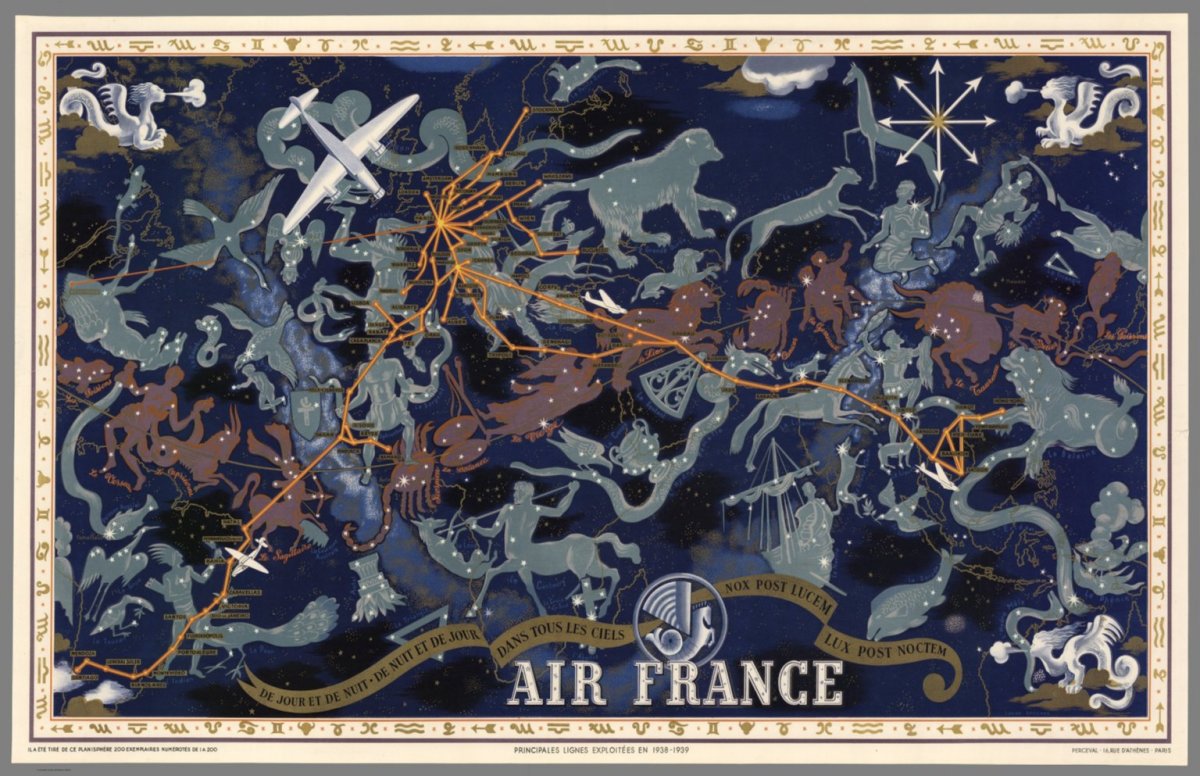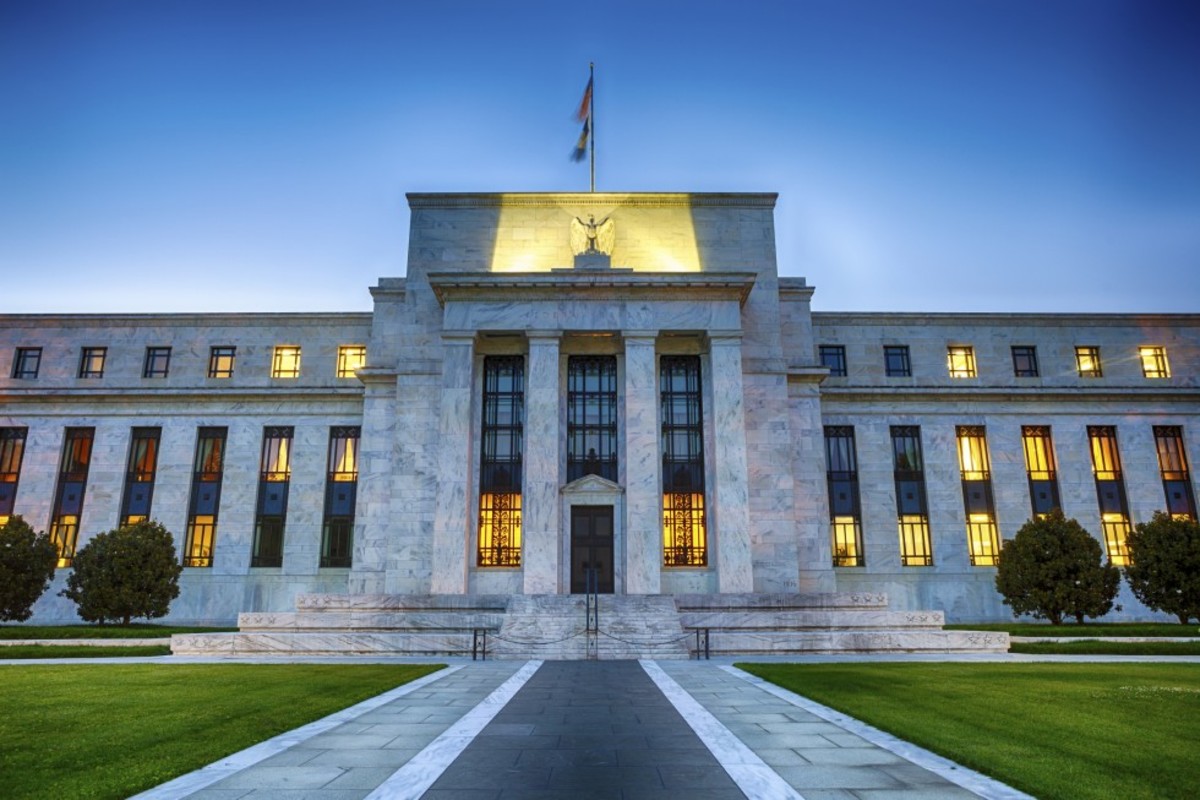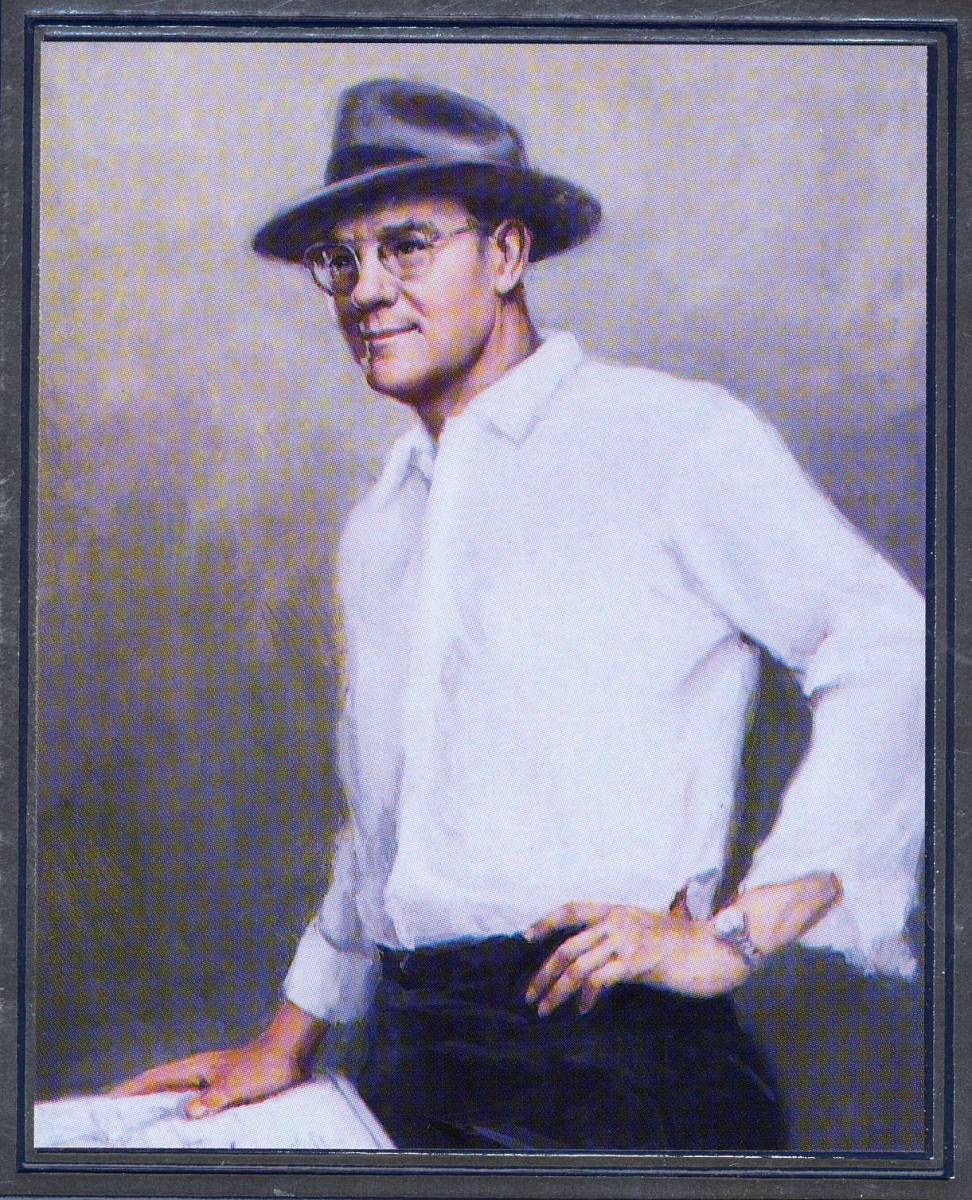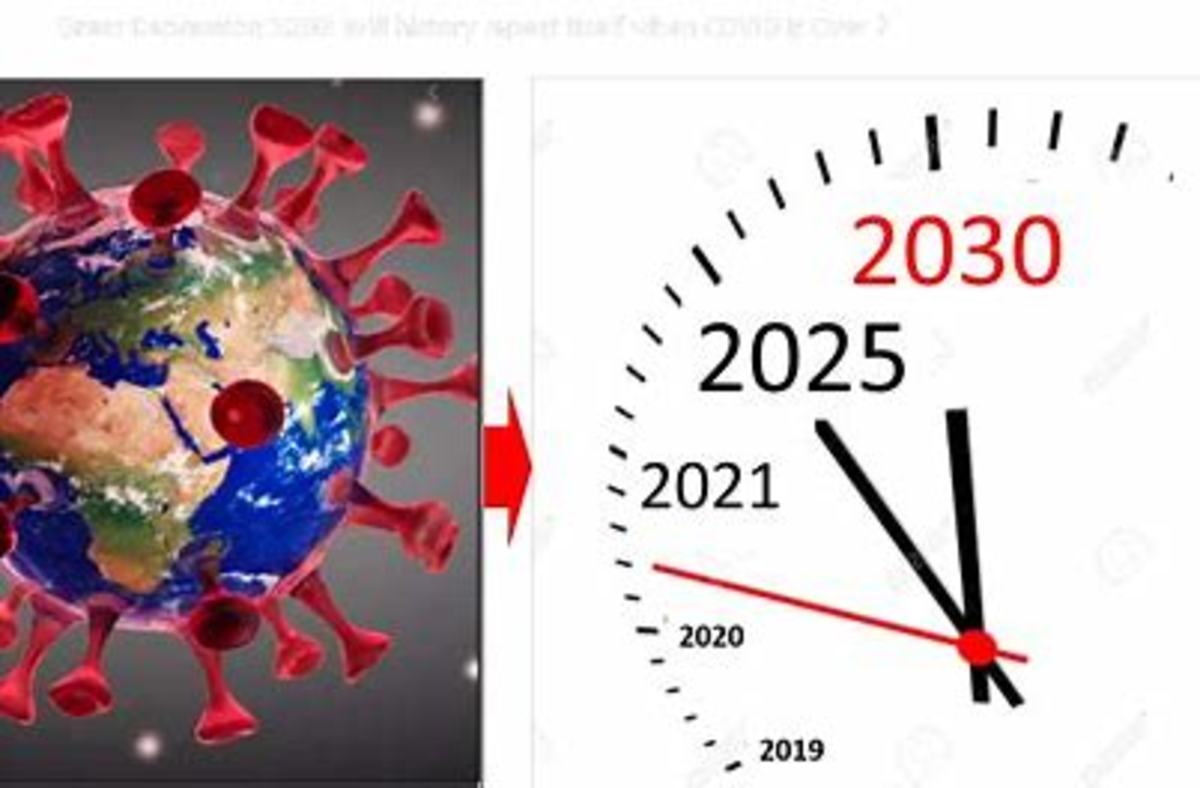British Airline History
The 1903 flight near a sandy dune in North Carolina marked the inception of an epoch in human history. In less than a century, a worldwide industry of airlines had surged into existence, connecting people and locales that never imagined such a convenient mode of transportation. As countries around the world raced to establish effective airlines and infrastructures, Great Britain quickly rose to the fore of the contenders. Starting less than ten years after the first successful flight, Britain had begun to form an effective airline industry, an industry that remains to this day.
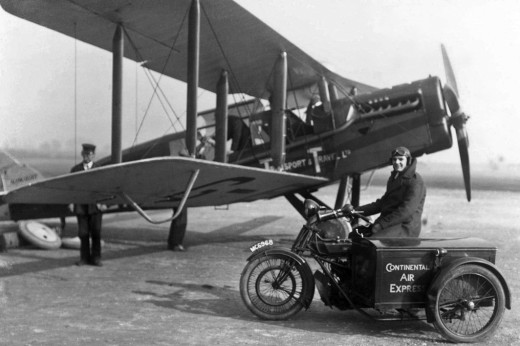
Aircraft Transport and Travel: The First of Many British Airlines
The British airline industry began in earnest during the year 1919. Airplanes had been a growing interest in Britain for several year beforehand, but once the government became involved, it "took off." The Department of Civil Aviation was formed in February 1919, with Winston Churchill as the first Secretary of State for Air. Aircraft had not been developed to the point of usefulness in warfare, but they were certainly being used by private citizens, and the private experimentation helped refine the invention of aircraft to the point of usefulness.
Within the year, the Aircraft Transport and Travel had been formed in Britain. The company was a step ahead of the British government, and in July of 1919 flew its first test fleet across the English Channel to Paris. Only a month later, the AT&T became the first air company in the world to provide a daily, international air service, flying between the Hounslow Heath Aerodrome in London and Le Bourget in Paris. In November of 1919, AT&T was awarded the first ever civil air mail contract from the British government, and proceeded to gain a reputation of dependability for it's service between London and Paris.
The British Government and the Airlines
As with any fledgling industry, the airline industry saw an early proliferation of companies who wanted to get in on the growing action. Some succeeded where others failed, but they all quickly ran up against the same problem. The sprouting airline industries of their continental neighbors were all receiving governmental subsidies and the startup British airlines were not. This unequal playing field placed a heavier burden on the early British airlines. In April of 1922, the British government chose to grant a subsidy to the airline industry, a move that helped the industry stay afloat and continue to innovate.
The first major player, AT&T had closed it's doors in 1920, but by 1924 four major players had emerged on the scene. They were as follows: The Instone Airline Limited, The Daimler Airway, Handley Page Transport Limited, and British Marine Air Navigation Co Ltd. At the recommendation of the Hambling Committee, March 1924 saw the British government incorporate the four major airlines into one government subsidized airline, Imperial Airways.
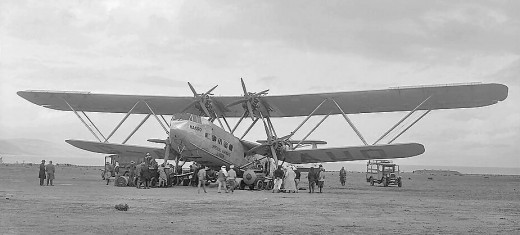
Imperial Airways
As the airline industry continued to grow, Imperial Airways was able to add more and more legs to its flight services. Within 2 years of the merger, it flew regular routes from London to cities in France, Holland, Germany and Belgium. Imperial Airways had its sights set on more than just the continent, however. Pilots with the company flew exploratory missions to help establish the best routes to places such as: Cape Town, South Africa; Melbourne, Australia; and Delhi, India.
Only ten years after the merger that created Imperial Airways, the company had grown into the largest single airline in Britain. Rapid advances in airplane technology around the world helped Imperial Airlines establish a stable reputation and a profitable business model. Unfortunately, those same advances in technology combined with the industry's growing profit potential served to entice start-up companies to join the fray.
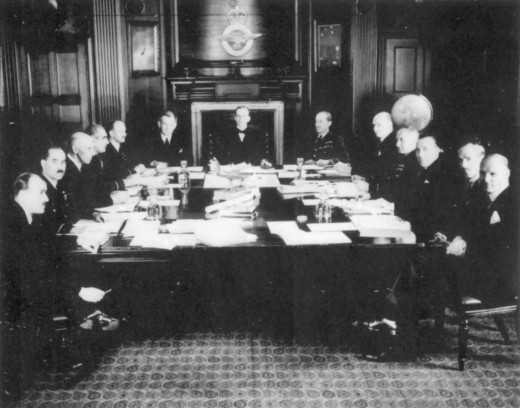
British Airways Limited
In 1935, another merger took place. Spartan Airlines Ltd, United Airways Ltd, and Hillman's Airways merged, resulting in the formation of the new British Airways Ltd. This new airline, thanks in part to the established structures of the companies that merged, was able to quickly establish itself as the main competitor to Imperial Airways. British Airways Ltd also maintained a varied schedule of regular service flights, and secured for itself a good reputation among the British population.
The looming spectre of war in Europe cast a pallor over the development of the airlines. Private companies were allowed to continue operation until 1939. The outbreak of war in September 1939 led to the Air Ministry forming a department called the National Air Communications (NAC). This new department would handle the operation of all private flights and civilian airfields. So, in 1939, the NAC ordered the two competing companies, Imperial Airways and British Airways Ltd, to operate from the same airfield, located in Bristol. Shortly thereafter, the financial aspects were arranged so that the two airlines were again merged. The result: the British Overseas Airways Corporation (BOAC).
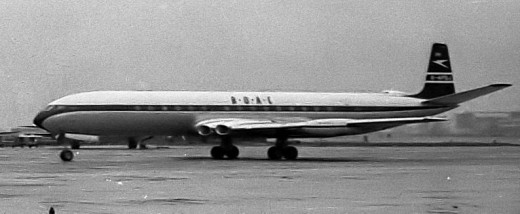
British Overseas Airways Corporation in Post-War Britain
The newly formed BOAC became the primary civilian airline during and after WWII, all thanks to the government mandated merger of its parent companies. The scientific frenzy during the war had birthed the jet engine, an innovation which the BOAC and many other airlines were quick to adapt. With the rise of the jetliner, and the proliferation of passenger airline services, the British government again stepped in to regulate matters.
Per the 1946 Civilian Aviation Act, the British Overseas Airways Corporation was split, probably in order to make it more manageable. The "international" division responsible for the North American and Far East routes remained under the name BOAC. The division that handled all domestic and European flights was christened the British European Airways (BEA). These two airlines would dominate the British airline industry for the next 30 years.
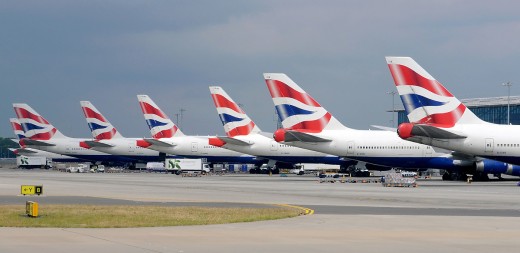
British Airways is Born
Throughout the 60's and 70's air flight technology continued to develop at a breakneck pace. New jetliners and airplanes raised the standard, and were obsolete within ten years of their implementation. Smaller companies found their niches within the vast structure of the British airline industry, but the BOAC and the BEA continued to dominate, obviously due in part to the government subsidies.
By the time we reach 1970, the two companies had grown to the point where the need for increased management became a necessity. The British Airways Board was established in 1971 to fulfill that purpose, but it quickly decided that another merger would serve the situation better. So, in 1974 the BOAC, the BEA and two smaller regional airlines were merged to form the British Airways. Hopefully, that name rings a somewhat familiar bell, because the British Airways remains the UK's flagship air carrier to this day.
It has continued to grow since it's formation, and today British Airways can boast its status as the world's largest fleet of Boeing 747-400 jetliners. British Airways did make ample use of the Concorde jet during its heyday, but has since retired the use of any Concorde jets. In recent years, British Airways completed a merger with Iberia resulting in its being the world's third largest airline by revenue. British Airways is also the main sponsor of the 2012 Olympic Games in London, the city that contains the airline's hub, the London Heathrow Airport.



